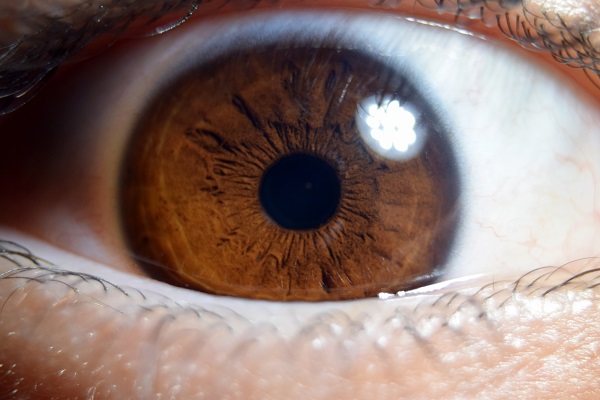Chances are, ocular health is not much on your radar – but when you work at a display screen, sometimes for upwards of eight hours a day, your eyes are the body part doing much of the heavy lifting. After all, there are six muscles in each eye!

Taking a screen break
Working on a screen for long hours will impact your eyes. Long periods at your desk without a break can result in a myriad of symptoms, such as:
- tired eyes
- discomfort
- headaches
- Itchy, red eyes
- Blurred vision
- Watery eyes
- Poor concentration
While most of us know that we should look away from the screen periodically, during a busy day or if we are working particularly intensely, we often simply forget.
To help us form better habits to handle screen fatigue, it might be helpful to try a methodical approach – which is where the 20-20-20 rule comes in.
What is 20-20-20?
In a nutshell, 20-20-20 is a shorthand reminder for those working on screens to take their eyes off the screen every 20 minutes (yes, that often!) and focus instead on something 20 feet away for 20 seconds – 20-20-20.
Not only will you look up and blink, tackling the dry eyes that come with the reduced blinking rate of staring at a screen, but by shifting your focus, you reduce the strain placed on the eye muscles by maintaining a short range of focus for too long. It’s the equivalent of a good stretch or a lunge for your eye muscles, helping to keep them in peak condition.
How to do it?
This is a really simple, super-effective way to protect your eye health—all you need is a spot to focus on. If you have a window and a lovely view alongside your desk, then take full advantage; otherwise, choose something a suitable distance across the office to look at.
You’ll also need a reminder to look up. But if you’re in a shared office, consider a pop-up on your screen rather than a loud phone alarm to avoid disturbing your colleagues—unless they’re joining you in the 20-20-20 approach!
Rather than being a focus-killer, the benefits of avoiding eye strain are more likely to help you work more effectively for longer; without uncomfortable eyes and a sore head to contend with, you’ll be more productive.
What else can you do?
Other simple steps include adjusting the lighting, opting for soft or natural lighting rather than harsh strip lights, and ensuring no glare on your screen. Also, make sure you do more than just look up – get up and walk around too. That will give your eyes, brain and body a much-needed break from the screen.
It’s also worth remembering that if workers use display screen equipment (DSE) continuously for an hour or more as part of their normal work, employers must do a workstation assessment and reduce any health risks. The law also says that employers must pay for an eye test for screen users if they ask for one and fund glasses if an employee needs them specifically for DSE use. So, if you’re worried about your eyes or notice any changes, check it out with an optometrist.
Osmond Ergonomics has a team of professionals who can conduct a wide range of workplace assessments. We also have an extensive equipment selection, from furniture to support and lighting options. Our expert help can ensure your body and your equipment work well together, minimising strain and maximising wellbeing and productivity. Contact us on 0345 345 0898 to discuss your needs.